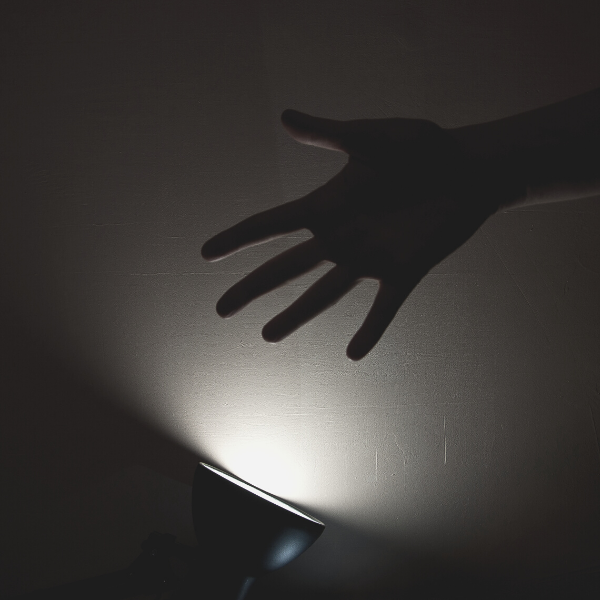Spring Forward: Adjusting Your Child’s Sleep for Daylight Saving Time
Ready or Not, Here it Comes!
Saturday, March 11, 2023 we will all put our children to bed and before we know it, it’ll be 7 AM on Sunday morning. Those of us with “old fashioned” analog alarm clocks still next to our beds are going to say “go back to bed, it’s only 6 AM” to our children. But, unfortunately, it will in fact be 7 AM! Even though we “lose” that hour somewhere around the 2 AM time frame and that might throw us off a bit, we can adjust ahead of time so that it doesn’t come as a big shock to our systems! This will also help your baby, toddler, and/or child sleep in later than 5 or 6 in the morning. Winning!
Now, one of the biggest things I want you to remember with this time change is that the sun will still be in the sky at a time that you are used to it being on the other side of the horizon already. So, what does that mean? If your little one goes to sleep at 6:30 or 7:00 PM, the sun may still be up when you put your little one to bed after this time change! And as we creep towards summer time, it for sure will!
You may be sitting there saying, “uh, Tracy, how do I put my kids to bed before the sun goes down?” Well, there are a few considerations to make and I will list those here, but just keep in mind that sleep needs to be a priority no matter if we are in Daylight Saving Time or not.
Considerations During Daylight Saving Time
The most important thing you can do to help your baby or toddler go to bed at an appropriate time, even if it is still daylight out, is to bring the house lighting down just after dinnertime, and use black out solutions in their bedrooms. There are many ways to do this, but here is a list of a few that I recommend to my clients:
Black Out Window Cling
Towels Tacked Over the Windows
Black Trash Bags Tapped Over Windows
Most of these solutions are relatively inexpensive and can be used together to really get a pitch black, can’t see your hand in front of your face, type of black out. That kind of blackout is ideal in the spring and summer, especially for nap time!
Timing Considerations
Obviously, this time change is not like the one in the fall where we fall back and have to work hard to adjust ourselves before and after it happens. Luckily for us, this spring forward change will go smoother with just a little bit of adjusting ahead of time. There are a few ways you can choose to face this time change. Neither option works better than the other per se, but some choices may fit your family or your lifestyle more than the other. So, look it over, pick one, and go with it.
You can opt to prepare by shifting bedtime a bit earlier in the days ahead of the time change. This would look like moving bedtime forward 10-20 minutes each night leading up to Saturday. Choose the ideal increment for your family based on how sensitive your child is to changes in bedtime. If you have a sensitive sleeper who is very “on schedule” most days, opt for a smaller increment, like 10 minutes. If your child is pretty good at going with the flow and isn’t affected by bedtime shifts, opt for a 15 or 20 minute increment (or no changes beforehand). Below are some example schedules for each increment based on a normal bedtime of 7:00 PM.
10-Minute Increment Example Schedule
Monday (March 6) Bedtime: 6:50 PM
Tuesday (March 7) Bedtime: 6:40 PM
Wednesday (March 8) Bedtime: 6:30 PM
Thursday (March 9) Bedtime: 6:20 PM
Friday (March 10) Bedtime: 6:10 PM
Saturday (March 11) Bedtime: 6:00 PM
15-Minute Increment Example Schedule
Wednesday (March 8) Bedtime: 6:45 PM
Thursday (March 9) Bedtime: 6:30 PM
Friday (March 10) Bedtime: 6:15 PM
Saturday (March 11) Bedtime: 6:00 PM
20-Minute Increment Example Schedule
Thursday (March 9) Bedtime: 6:40 PM
Friday (March 10) Bedtime: 6:20 PM
Saturday (March 11) Bedtime: 6:00 PM
You may opt to just go with the flow and put your baby or toddler down at the normal timing Saturday night and wake them up at the normal timing (based on new timing) Sunday morning. For example, if they go to bed at 6:30 PM and you typically wake them up at 6:30 AM, you would put them down at 6:30 PM and get them up at 6:30 AM (this would be an hour earlier than you are used to with the time change). Using this method could throw naps off a bit for the day, but you can anticipate those issues and try to counteract their symptoms by doing a bit of an earlier nap schedule.
Helpful Tips
Here are a few considerations that will help your baby, toddler, and/or child get through this time change like a winner.
Keep mealtimes at the same clock time as before the time change. For example, if on Saturday your child eats breakfast around 8:00 AM, lunch around 12:00 PM, and dinner at 6:00 PM, then stick to those times on Sunday (even though it will feel too early). The same goes for breastfeeding babies on a clock feeding schedule. Don’t worry about trying to do math in your head or on paper, just look at the time on your phone (if it adjusts on its own) and go by that!
Keep the bedtime and nap time routines the same. For some reason when we start trying to adjust for time changes, parents tend to want to try out new bedtime routines. Save that for a few weeks after the time change. Keep the bedtime and nap time routines consistent and try not to make any big changes to them during this time adjustment.
Avoid screen time for 2 hours before bedtime. This might seem excessive, but if your child is watching a screen, they are probably not outside getting fresh air and sunshine. Believe it or not, fresh air and sunshine will actually benefit your child’s sleep. When they come inside in the early evening, the dimming down of lighting will actually help cue their bodies to naturally produce melatonin! Screen time will diminish that production and increase cortisol production. So, try to avoid screen time during this transition period.
Feed your baby, toddler, and/or child sleep promoting foods at dinner time. Five examples of these are chicken, turkey, cherries, oatmeal (its not just for breakfast), and spinach! These foods help boost the production of sleep inducing hormones.
Ensure your baby, toddler, and/or child is well-rested before the time change happens! It is never too late to start practicing good sleep hygiene skills, and it is never too late to build sleep foundations. So, if you know you are already off track, be sure to book an Evaluation Call with me at the bottom of this page so that we can get sleep on track for your little one.
Wrapping Up
Sometimes no matter how much preparation we do, our little ones still seem to fall apart around the time change. The biggest thing you can do is to get right back on schedule and strictly stick to it until your little one gets back to their normal self. This could take up to 2 weeks. However, the better rested your little one is going into this transition, the better they will handle it.
As I previously mentioned, this time change is fairly easy to manage compared to that yucky one in the fall. The two main considerations are black out solutions and timing. So, keep those in mind, have a plan, stick to it, and enjoy the weekend!
As always, if you are running into trouble with your little one’s sleep, reach out! Let’s have an Evaluation Call and see how I can help you.
Until next time….




